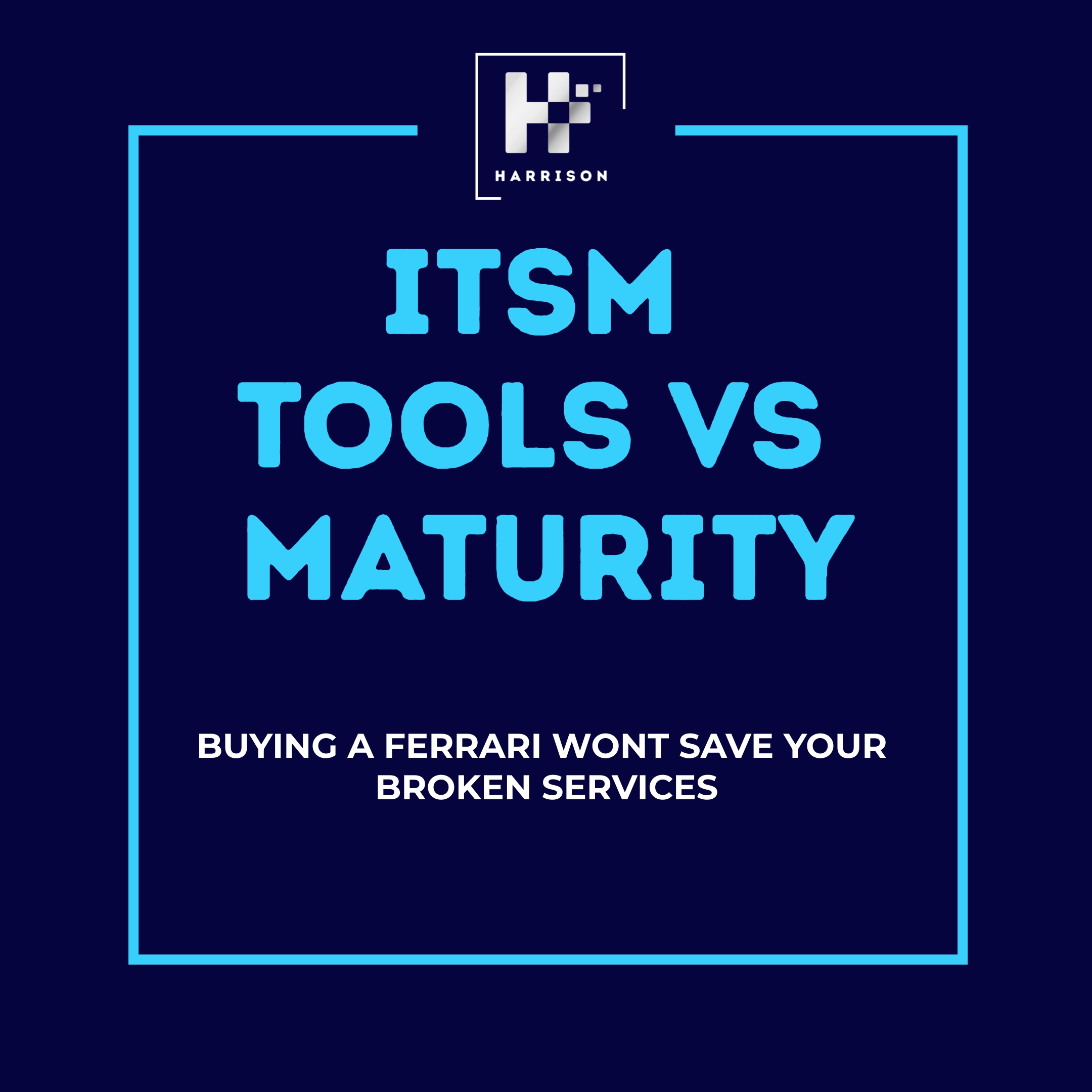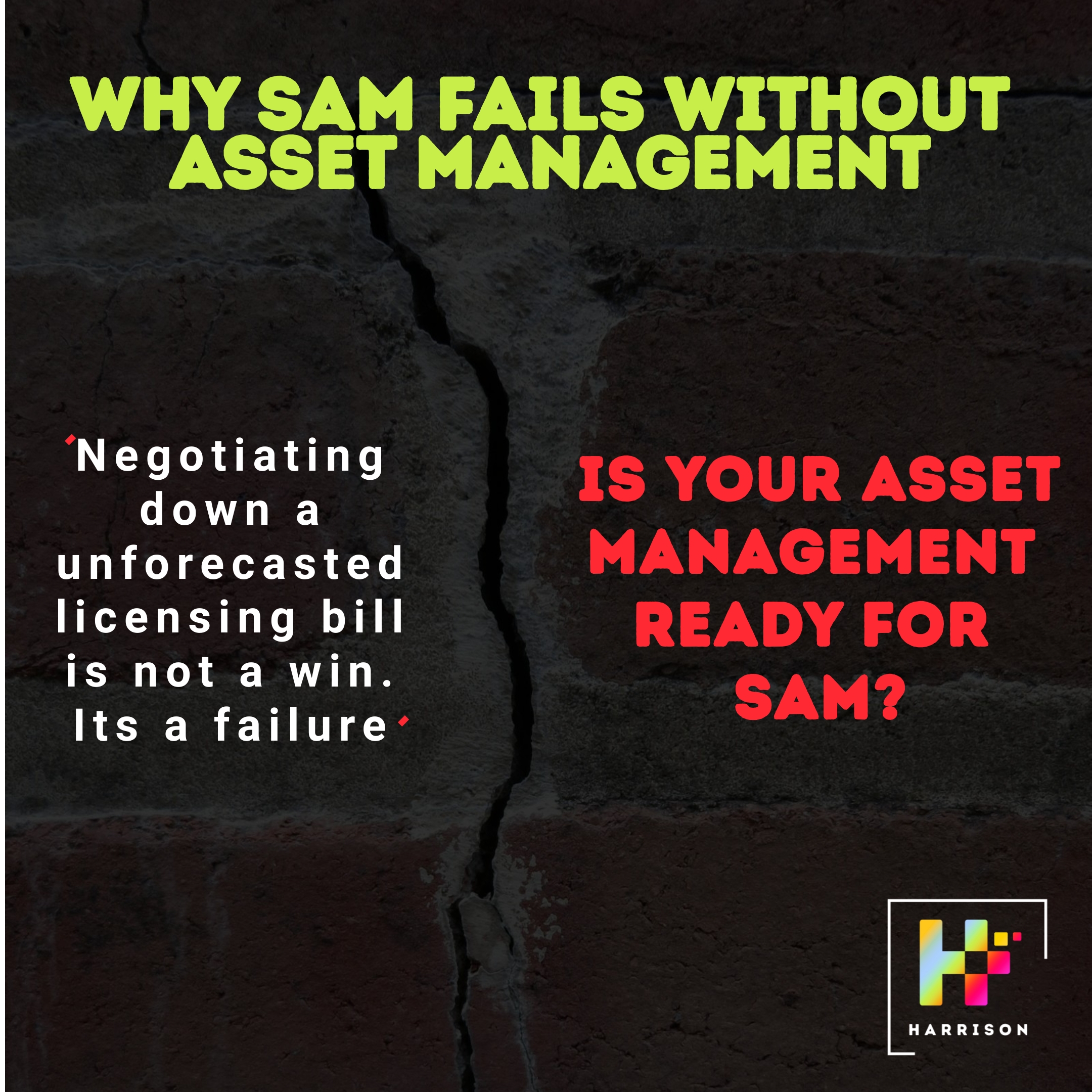Continual Service Improvement – The Discipline Most IT Leaders Talk About… But Rarely Do
Every CIO will tell you they’re committed to continual improvement. But look beyond the PowerPoint and you’ll find the truth:
🚫 No owned backlog.
🚫 No prioritised improvements.
🚫 No meaningful funding.
🚫 No operating rhythm.
Just a few lessons learned, some action logs from incidents, and maybe a dusty Service Review template last touched before the pandemic.
Continual Service Improvement (CSI) is not a process. It’s a leadership discipline. One that determines whether IT evolves, or quietly decays.
Why Most CSI Efforts Fail — And Why That’s a Leadership Problem
There’s a reason CSI gets quietly dropped from transformation programmes: it’s hard to measure, harder to fund, and often no one’s quite sure who owns it.
Here’s what failure looks like:
-
Service reviews that feel like admin rituals.
-
“Improvements” that focus on tech upgrades, not service outcomes.
-
Tactical fixes driven by incidents, with no systemic change.
-
Teams stretched thin across BAU and project work — so nothing improves.
And worst of all? No mechanism to learn, improve, and scale what works. IT stagnates while the business moves on.
✅ The Good: CSI as a Culture of Relentless Forward Motion
When CSI works, it’s a game-changer:
-
There’s a living backlog of service improvements.
-
Service owners own performance — not just uptime.
-
Metrics improve quarter-on-quarter because someone is steering them.
-
Improvement actions are funded, delivered, and embedded.
-
IT becomes known for learning, adapting and delivering better every month.
CSI isn’t a workshop. It’s a rhythm.
❌ The Bad: The “Tick Box” Trap
Many orgs say they have CSI. What they actually have is:
-
An action log in a SharePoint folder.
-
A post-incident review template with “lessons learned” that never land.
-
Metrics that move for a month, then stagnate.
-
Reviews that feel like a blame game.
This isn’t improvement. It’s performance theatre.
CIO WAR CHEST: Questions to Cut Through the Illusion of CSI
Want to know if CSI is real in your organisation? Ask these, and ask for proof:
-
What is the current backlog of service improvements, by service?
-
Ask: Service Owner
-
Artefact: CSI register or service improvement backlog
-
-
How many improvement actions from the last 3 PIRs have been delivered and closed?
-
Ask: Problem or CSI Manager
-
Artefact: Action tracking dashboard
-
-
What % of support team time is ring-fenced for improvement vs BAU?
-
Ask: Service Desk or Ops Manager
-
Artefact: Resource plan or improvement allocation
-
-
What metrics are improving due to CSI — and how do you know?
-
Ask: Service Analyst or CSI Lead
-
Artefact: Metric trend data mapped to improvement initiatives
-
-
Who has accountability for continual improvement, and how is performance reviewed?
-
Ask: CIO or Service Governance Lead
-
Artefact: RACI model, CSI cadence calendar
-
Improvement Without Ownership Is Just Wishful Thinking
Here’s the reality: CSI without funding, ownership, and a delivery rhythm is just a to-do list in disguise.
CIOs must lead here. If you don’t embed improvement into the operating model — with capacity, cadence, and consequence — it won’t happen. You’ll continue to rely on heroics instead of systems.
Ask yourself: Is your team improving week-on-week? Or just surviving?
What CIOs Should Be Asking Themselves Right Now
-
Where does improvement actually live in your org structure?
-
Do service owners feel responsible for making services better?
-
How is improvement tracked, funded, and measured — like projects are?
-
If you left tomorrow, would improvement continue?
Need a Hand Getting CSI Off the Slide Deck and Into the System?
We help IT leaders build practical CSI rhythms that drive real change — not lip service.
If you want your improvement engine to finally run, we should talk.
👉 Book a chat
Follow us
Latest articles
December 14, 2025
December 14, 2025
December 14, 2025
December 14, 2025
December 14, 2025
December 14, 2025








